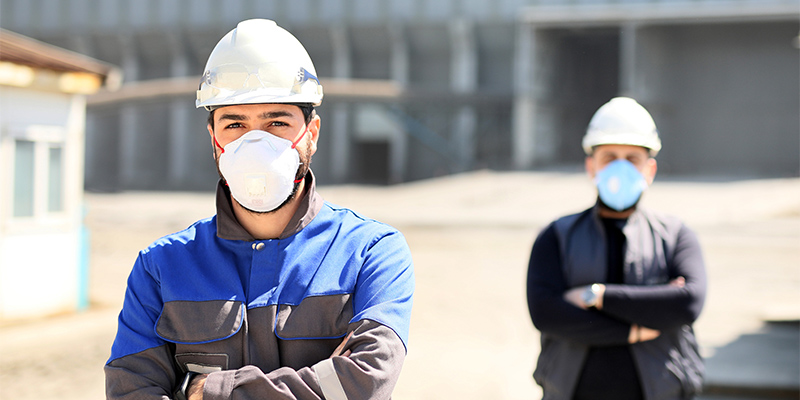In “Midyear Economic Impacts of COVID-19 on the U.S. Commercial Real Estate Development,” commissioned by the NAIOP Research Foundation, Stephen S. Fuller, Ph.D., professor emeritus at George Mason University’s Schar School of Policy and Government, detailed changes in different commercial real estate sectors and described how CRE could drive the recovery of the U.S. economy.
We asked him for further insights on what government could do to facilitate growth in commercial real estate and what factors could influence the pace and strength of the recovery of the U.S. economy.
Q: What kinds of measures would you like to see governments consider to support or stimulate more commercial real estate development in the next few years?
A: The public sector generally can’t generate demand in the private sector so we have to wait on demand for new product to emerge, but they can stand in the way of providing supply. Local governments had to shut down during the pandemic, greatly slowing the approval and permitting processes. So one of the most easily achieved initiatives would be to accelerate the project review process. Every time you slow down a project, it gets more expensive because time is money and people tend to lose track of that.
The next thing that could be done is a national infrastructure program. We clearly need to upgrade our highways, bridges, sewage treatment plants, water supply systems, public buildings and our schools. That would have an enormous impact on bringing the economy back faster in 2021 and 2022.
There could be stronger public-private partnerships; some governments don’t know how to help private investors serve the needs of the local economy. It’s too often an adversarial relationship and I think a change of attitudes within the public sector to think of developers as a form of economic development.
Q: Your report takes us up to the end of the second quarter 2020. What have you seen since then?
A: I think the positive trend in construction is that sector is recovering faster than others. It wasn’t as deeply cut back because so much construction takes place outside and many states designated construction as an essential service so construction workers were mostly able to keep working. There were some slowdowns and there were some lumber shortages. It took longer to get manufactured window frames and steel construction was held up. I think the construction sector will look not too much worse at the end of the year than it was last year. It won’t have grown, but it will have made back its losses. There is some reason for an optimistic outlook into 2021 and beyond, but the recovery will be stretched out.
Q. Given that we are still dealing with a lot of unknowns with the pandemic and the economy, what issues and trends will you be tracking to understand how this recovery is going to unfold?
More broadly, there are several serious threats to the recovery. The one that is almost universal is the workforce is going to be smaller next year than it has been. There are workers who are not going to go back to work. They are concentrated among women who have children because the daycare system and schools won’t be back to normal for a while. It’s just too expensive for some workers to cover those costs and go back to work. Additionally, some older workers will be out of the workforce. Their job may not be there, or they may have been replaced by a cheaper, younger worker. So some employers will struggle to find high-quality workers as they ramp up next year. I think there is going to be a labor shortage that is going to make labor a little more expensive.
Then there is the absence of business investment capital. There is projected to be a significant decline in 2020 of fixed business investment, that is, people who are putting money into new structures and the equipment that goes with them. In 2021 it may become negative, because investors are not going to go out on a limb until they see how the economy evolves.
I think the startup in the commercial construction sector is going to be uneven. Businesses that have access to capital or are self-financed and know their market very well are the ones that are going to be successful.
We have to be careful not to forget what we have learned. Companies have learned how to function under these circumstances but often by downsizing and by better management. These are really important lessons for the future because it will be a much more competitive economy going forward. There are companies that will go out of business and won’t be able to re-enter because either the market isn’t strong enough or they didn’t learn from this situation. There will be more consolidations as well as business failures in the development industry. There is a period of uncertainty which isn’t necessarily bad for the industry in the long haul, but it will have short-term consequences.
This is the second in a two-part interview with Stephen S. Fuller, Ph.D., professor emeritus at George Mason University’s Schar School of Policy and Government, author of the “Midyear Economic Impacts of COVID-19 on the U.S. Commercial Real Estate Development” commissioned by the NAIOP Research Foundation. Read part one: The COVID-19 Trends Fueling Changes in Commercial Real Estate.














